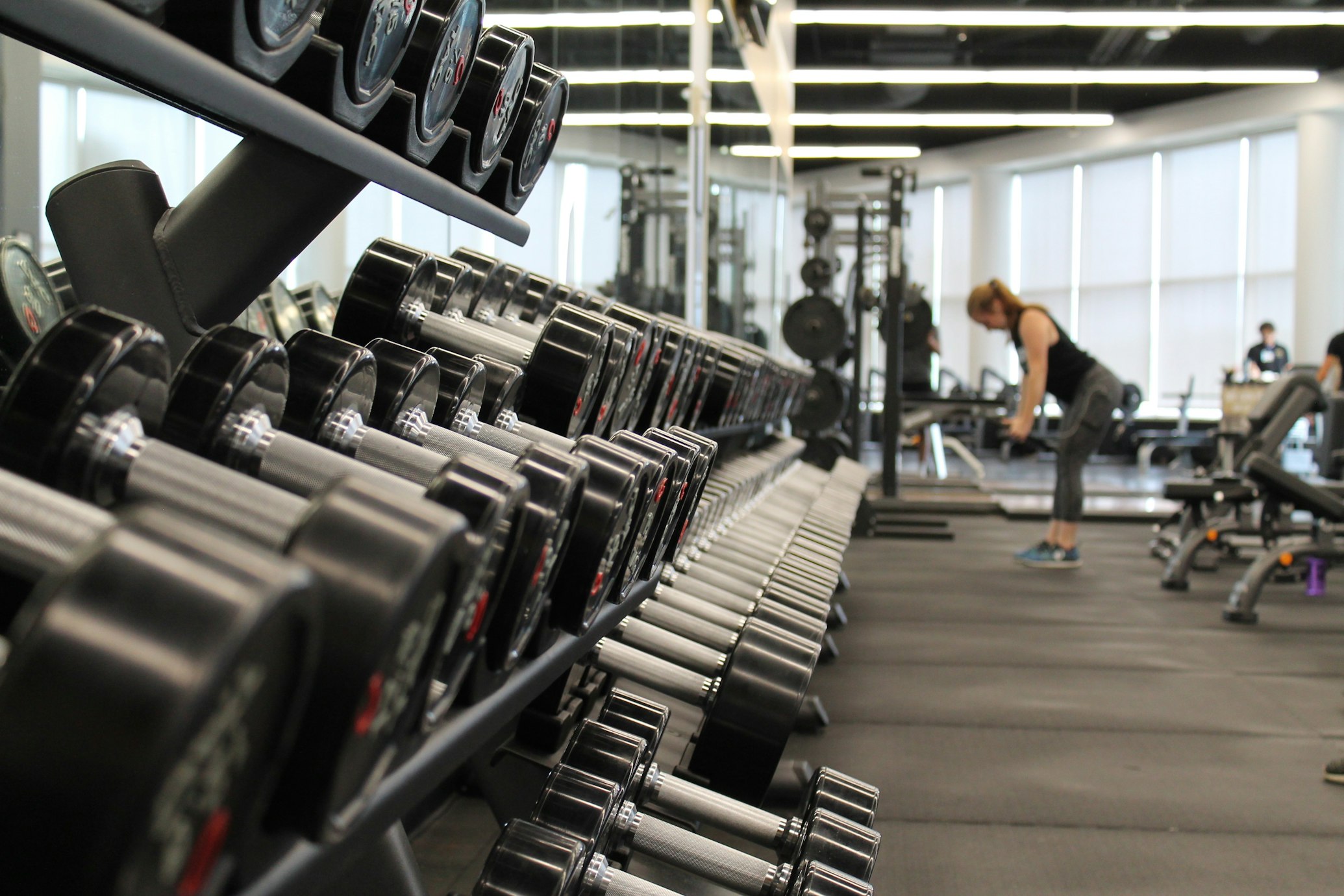
Advanced Training Techniques for Maximizing Testosterone Response
While basic strength training is essential for testosterone optimization, advanced training techniques can significantly enhance your hormonal response. This guide explores evidence-based methods to maximize testosterone production through strategic exercise programming.
Foundational Principles
Exercise Selection
- Compound movements
- Multi-joint exercises
- Full range of motion
- Progressive overload
- Proper form and technique
Training Variables
- Volume management
- Intensity progression
- Rest periods
- Exercise order
- Frequency optimization
Advanced Training Methods
1. Cluster Training
- Short rest periods between sets
- Maintain high intensity
- Enhanced hormonal response
- Improved strength gains
- Example: 5 sets of 3 reps with 30s rest
2. Rest-Pause Training
- Extended set duration
- Multiple failure points
- Increased time under tension
- Enhanced metabolic stress
- Example: 8 reps, 15s rest, 4 reps, 15s rest, 2 reps
3. Drop Sets
- Progressive load reduction
- Extended set duration
- Metabolic stress
- Muscle fiber recruitment
- Example: 8 reps at 80%, drop 20%, 6 reps, drop 20%, 4 reps
4. Supersets
- Antagonist pairing
- Reduced rest periods
- Increased training density
- Enhanced hormonal response
- Example: Bench press + rows
Program Design
Weekly Structure
- Upper body focus
- Lower body focus
- Full body session
- Active recovery
- Rest day
Exercise Selection
- Primary movements
- Secondary exercises
- Accessory work
- Mobility training
- Recovery protocols
Volume Management
- Weekly volume targets
- Exercise-specific volume
- Progressive overload
- Deload periods
- Recovery monitoring
Intensity Techniques
1. Wave Loading
- Progressive intensity waves
- Strategic deloading
- Enhanced adaptation
- Reduced injury risk
- Example: 70%, 80%, 90%, 75%, 85%, 95%
2. Eccentric Focus
- Controlled lowering phase
- Increased time under tension
- Enhanced muscle damage
- Improved strength gains
- Example: 3s eccentric, 1s concentric
3. Isometric Holds
- Static contraction
- Enhanced neural drive
- Improved stability
- Strength development
- Example: 5s hold at sticking point
Recovery Optimization
1. Active Recovery
- Light cardio
- Mobility work
- Stretching
- Foam rolling
- Movement patterns
2. Rest Periods
- Between sets
- Between exercises
- Between sessions
- Weekly deload
- Monthly deload
3. Sleep Quality
- Consistent schedule
- Optimal duration
- Sleep environment
- Pre-sleep routine
- Recovery monitoring
Nutrition Timing
Pre-Workout
- Protein intake
- Carbohydrate timing
- Hydration
- Supplement timing
- Meal size
Intra-Workout
- Hydration
- Electrolytes
- BCAAs
- Energy management
- Performance monitoring
Post-Workout
- Protein window
- Carbohydrate timing
- Recovery nutrition
- Supplement timing
- Meal composition
Monitoring Progress
1. Performance Metrics
- Strength gains
- Volume capacity
- Recovery rate
- Energy levels
- Sleep quality
2. Physical Indicators
- Body composition
- Muscle mass
- Strength levels
- Recovery markers
- Injury prevention
3. Hormonal Response
- Testosterone levels
- Cortisol management
- Recovery markers
- Stress indicators
- Adaptation signs
Common Mistakes to Avoid
- Overtraining
- Poor exercise selection
- Inadequate recovery
- Improper progression
- Neglecting form
Conclusion
Advanced training techniques can significantly enhance your testosterone response when implemented correctly. Focus on proper exercise selection, intensity management, and recovery protocols to maximize your hormonal optimization.
Remember that individual response varies, and it's important to monitor your progress and adjust your training accordingly. Start with one or two advanced techniques and gradually incorporate more as you adapt to the training stimulus.